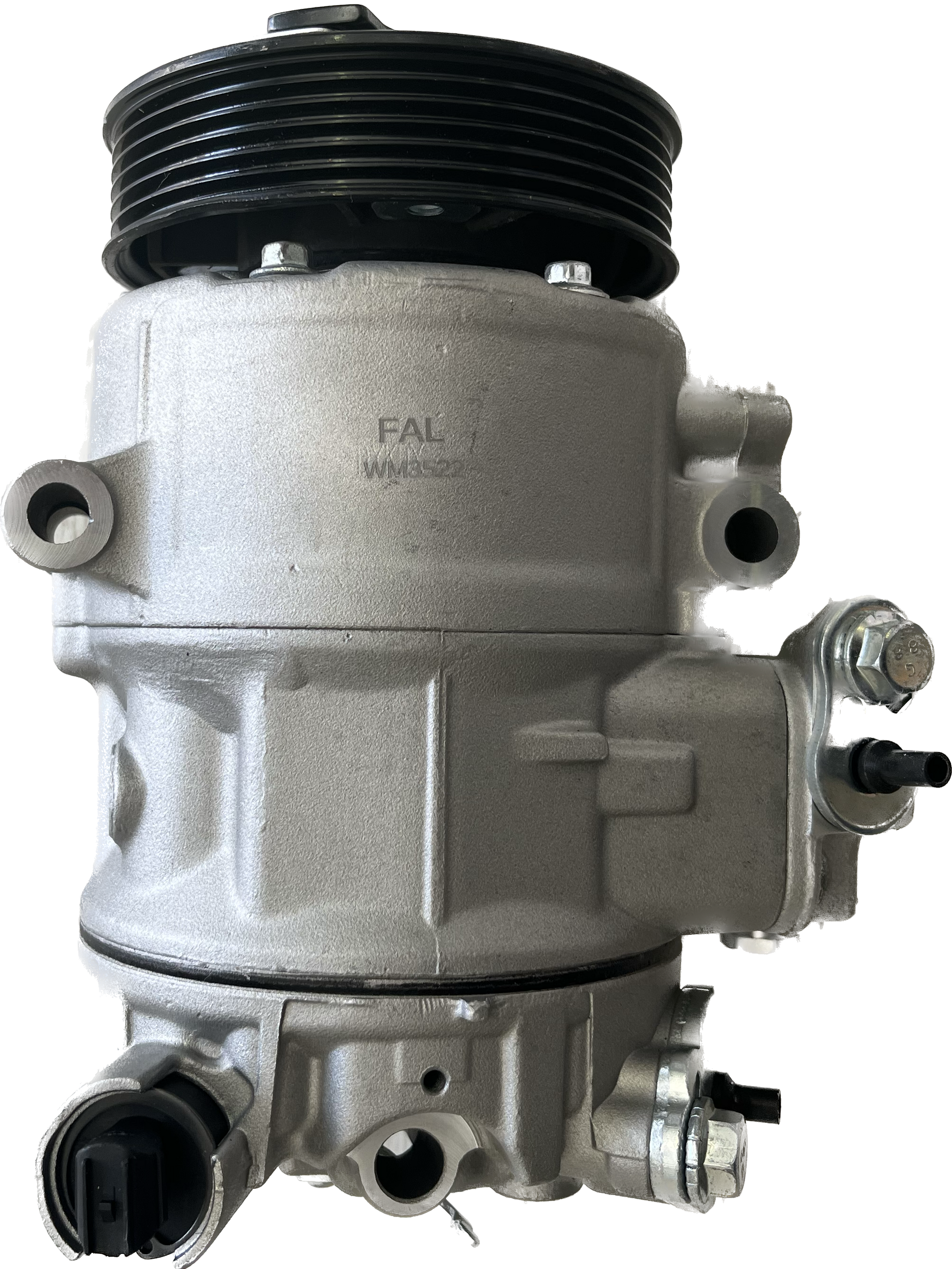Exactly How a Clp Engine Can Improve Performance in Various Industries
The advent of CLP engines notes a significant change in operational performance across various sectors, driven by their capacity to maximize gas usage and minimize downtime. Industries such as production and logistics stand to acquire considerably from their durable style and consistent power output, which assure to improve operations and boost efficiency. As companies significantly prioritize sustainability alongside performance, the duty of CLP engines ends up being a lot more vital. What remains to be seen is just how these advancements will certainly shape the future landscape of commercial operations and their effect on wider economic patterns (clp engine).
Summary of CLP Engines
CLP engines, or Continuous Liquid Propellant engines, stand for a substantial innovation in propulsion innovation, especially for space applications. These engines utilize a continual feed system that permits for the sustained expulsion of propellant, leading to enhanced performance and performance contrasted to conventional solid or hybrid propulsion systems. By keeping a continuous flow of fluid propellant, CLP engines can accomplish much more precise drive control, which is vital for navigating spacecraft in various goal situations.
The design of CLP engines incorporates sophisticated products and ingenious fuel monitoring systems. clp engine. This leads to reduced weight and increased dependability, vital factors for long-duration room goals. Additionally, the continual operation minimizes the danger of combustion instability, a typical challenge in traditional rocket engines.

Benefits in Manufacturing
The manufacturing of Continuous Fluid Propellant (CLP) engines offers numerous remarkable benefits that boost both performance and cost-effectiveness. Among the main benefits is the streamlined production procedure, which lowers the intricacy connected with standard propulsion systems. By using liquid propellant, producers can achieve better accuracy in engine performance, resulting in enhanced energy result and minimized waste.
Furthermore, CLP engines help with a higher level of modularity, permitting simpler integration right into different manufacturing lines. This adaptability can significantly decrease preparations and enhance total functional flexibility. The usage of CLP modern technology likewise has a tendency to reduce the need for extensive upkeep due to less moving components, which equates right into minimized downtime and operational prices.

Applications in Logistics
Leveraging Continuous Liquid Propellant (CLP) engines in logistics provides considerable advantages in operational efficiency and reliability. These engines offer a robust service for various transportation needs, enabling the seamless movement of items throughout vast ranges. The inherent design of CLP engines enables regular power result, which converts right into smoother and a lot more foreseeable transportation routines.
One of the key applications of CLP engines in logistics remains in sturdy products transportation, where they can drive both ground and airborne cars. Their capability to maintain high efficiency under differing tons conditions ensures that delivery timelines are fulfilled, therefore improving customer complete satisfaction. Additionally, CLP engines can be incorporated into automated logistics systems, helping with real-time tracking and maximizing path planning.
Moreover, the durability of CLP engines lowers maintenance downtime, allowing logistics firms to maximize their functional abilities. This is particularly beneficial in warehousing procedures, where efficiency in taking care of and delivering products is critical. As logistics remains to evolve, the assimilation of CLP engines represents a forward-thinking approach that not just improves efficiency but also sustains the market's growing needs for dependability and speed.
Influence on Energy Efficiency
Just How do Constant Fluid Propellant (CLP) click here for more info engines improve power effectiveness in transport? CLP engines use a regular flow of fluid fuel, enhancing combustion processes and preserving a stable drive output. This layout reduces power losses connected with standard burning engines, where fuel shipment can differ and lead to ineffectiveness.
The continual procedure of CLP engines enables a much more reliable thermal cycle, resulting in higher certain impulse contrasted to standard engines. clp engine. This translates to minimized gas intake for the same amount of work done, substantially lowering operational costs across different transport fields, including aviation and maritime industries
Additionally, the capacity of CLP engines to maintain ideal efficiency under differing lots problems lowers the need for frequent acceleration and deceleration, even more improving fuel effectiveness. Enhanced energy effectiveness not just adds to set you back financial savings yet additionally brings about decrease greenhouse gas exhausts, straightening with international sustainability objectives.
Future Trends and Innovations
Arising improvements in Constant Liquid Propellant (CLP) engine innovation guarantee to transform the browse around these guys landscape of transportation performance and sustainability. As sectors pivot towards greener options, CLP engines stand at the forefront, integrating cutting-edge products and style methods that boost efficiency while lessening environmental impact.
Among one of the most appealing trends is the fostering of crossbreed systems that combine CLP engines with renewable resource resources. This synergy can optimize gas usage and reduce exhausts, lining up with global sustainability objectives. Additionally, improvements in computational fluid characteristics (CFD) are assisting in the design of even more aerodynamically effective engines, resulting in reduced drag and boosted fuel performance.
Additionally, the growth of wise surveillance systems is set to boost operational performances. These systems leverage information analytics and IoT technology to enhance engine performance in real-time, making sure that the engines run within their most efficient criteria.
As research continues to discover alternative propellant solutions-- such as biofuels and artificial fuels-- the future of CLP engines looks encouraging. By harnessing these advancements, sectors can not only enhance their performance but likewise add significantly to a cleaner, much more lasting future in transport.
Conclusion
In final thought, CLP engines represent a considerable improvement in effectiveness across numerous sectors. The combination of sophisticated products and less moving components lessens upkeep demands, while alignment with sustainability goals positions CLP engines as a pivotal modern technology for the future.